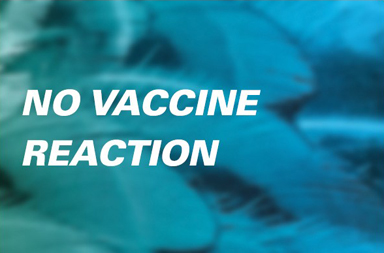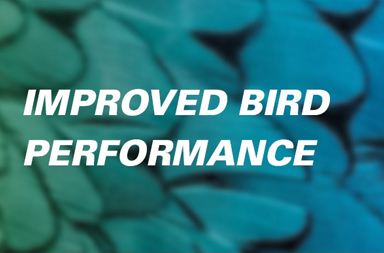

INNOVAX-ND
Innovax-ND delivers long-term protection without reaction in a single dose. As well as keeping birds healthy in the face of Newcastle disease and Marek’s disease, it is also the best foundation for a Protectotype™ defense against infectious bronchitis.
Advantages

Protection against multiple diseases

Convenient application – in ovo or subcutaneous

No vaccine reactions – improved bird performance

Long-lasting immunity of at least 60 weeks DOI


How It Works
When Innovax-ND is applied, it causes an immune response in the vaccinated chicken and antibodies against the F protein are produced. If the vaccinated chicken comes into contact with the actual Newcastle disease (ND) virus, these antibodies bind to the F proteins on its surface and stop the virus from attaching itself to the cells to prevent infection. Innovax-ND also results in an immune response against the Marek’s disease virus. Find out more in our Mode Of Action video.
Long-Term Protection Without Reaction

Innovax-ND is a key component in preventing Newcastle disease (ND), providing long-term protection without the costly reactions of conventional live ND vaccines. Innovax-ND can be administered with one dose in the hatchery – either in ovo to 18-day chicken embryos or by subcutaneous injection of chicks at one day of age – and can be easily combined with other respiratory vaccine programs.
Breakthrough Innovation

Innovax-ND is a breakthrough in Newcastle disease control. This vaccine initiates immunity development during the bird’s first four weeks of life with minimal impact on its metabolism. Removing any significant metabolic reaction during the first several weeks of life while birds are growing and developing immunity has a positive effect on flock growth rates.
Easy-to-Administer

Effective protection begins at the hatchery with either in ovo or subcutaneous application. As a replacement for Marek’s only vaccination, Innovax-ND does not change any hatchery vaccination processes.
Convenient to use, Innovax-ND can be administered in a single dose in the hatchery either in ovo or by subcutaneous injection of chicks at one day of age and can be easily combined with other respiratory vaccine programs.
